Welcome to Epcot. The year is 2006. After almost three years of being behind a sea of construction walls, things look very different here than they used to. It begins at the park gates.
The first thing you’re likely to notice is Spaceship Earth. That much hasn’t changed. But Spaceship Earth itself might have. Since its opening 1982, Spaceship Earth has been a magnificent monument. The 180 foot tall geodesic sphere is an architectural wonder, supported by pylons dug 120 feet into the earth and holding inside of its over 2 million cubic feet of space. But your first inclination that things are different at Epcot might be that Spaceship Earth is no longer white.
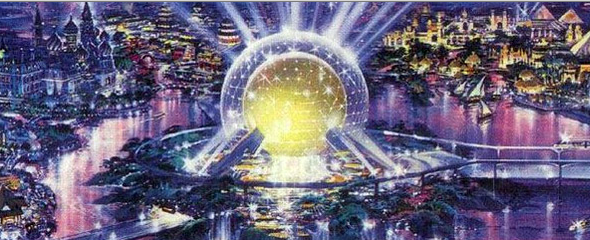
While a white Spaceship Earth fit the more “sterile” ideals of the 1980s future, it won’t do in a 21st century park focused on discovery and adventure. The gleaming sphere is now re-paneled in a brilliant, warm gold that reflects the tireless Floridian sun in dancing waves across the park.
This golden Spaceship Earth is likely based on the plans for Westcot (from which the above concept art is taken), the officially-announced-but-never-built second gate for Disneyland. There, a much larger “Spacestation Earth” would’ve taken on the same golden face with a lattice of white based on the astounding American Pavilion from Montreal’s World’s Fair, Expo 67.
Passing through the park gates and approaching new golden sphere, you’re likely to notice something else, too: a new show building structure has appeared under Spaceship Earth’s northeastern leg, splitting up what was once the park’s wide, open, concrete entry. Now, all traffic is diverted through angled pathways to the right of Spaceship Earth, passing along its side. What might be most unusual about this new path is that it signals the new thesis of this area of Epcot.
You are no longer in Future World. With its once-educational components repositioned and its identity now tied to the idea of “discovery,” this realm of the park is now called Discoveryland. Separating from its “futuristic” identity and the need for continual and expensive technology upgrades in a rapidly advancing world, Epcot’s Discoveryland is not necessarily a place of tremendous learning, but of discovery, inquiry, and exploration.
And one of the key components in this transition is the complete overhaul of the old Future World aesthetic. Epcot’s Future World reeked of the 1980s – wide concrete plazas, beige buildings in dated architectural styles, and a barren, sterile, cold view of the future. Discoveryland couldn’t be more different. Discoveryland is an oasis, with dozens of acres of trees, rocks, waterfalls, fountains, escalators, bubbling springs, sparkling and winding paths, and wildlife. Leaving behind the unwelcoming plazas that had become known as the “Republican future,” the new, warm, inviting Discoveryland would incite exploration. Winding paths leading to forested alcoves, organic shapes, and warm colors would overtake the land and fundamentally reposition Epcot as a place worth exploring.
Center
The wide, winding path around Spaceship Earth would lead to a forested plaza at the center of Discoveryland, still built around the exquisite stepped Fountain of Nations (presenting elaborate shows every 15 minutes, and otherwise acting as a natural spring). The two parenthetical buildings of what was Innoventions would be split and reformed into six separate facilities, creating a more organic and natural orientation than the strict, clean, geometric look of the old Future World.
Leading Edge would continue to display a rotating showcase of innovative technologies. To the south, an unnamed robot restaurant would feature theme park fare served alongside “battle bot” shows of live robots programmed to go through the paces in front of diners. One piece of the former Innoventions would be recast as a proper Home of the Future, recreating a home of advanced technologies existing alongside nature (rather than in opposition to it as Epcot’s former Innoventions did).
The signature element of the park’s central promenade, though, would be Spaceship Earth. And we’re not talking about that old, clunky dark ride from the 80s. The towering gold icon would now contain a thrilling dark ride / roller coaster called Time Racers. This stunning ride would take visitors on a high-speed adventure through time using physical sets and time-lapse photography. The ride would feature a thrilling finale in which the vehicles race out of the sphere for a lap around its circumference before diving back into the new show building.
East – Industry
Exiting east down a straight path from the central plaza, you’d encounter an element of Discoveryland unlike the rest. This eastern half of the park retains some of the more geometric paths, straight lines, and 90-degree-angles of the old Future World. That’s on purpose. The eastern half of Discoveryland would feature four pavilions, each focused on a more scientific element of discovery: energy, health, space, and transportation. The “hard sciences,” if you will.
The most significant changes to these four pavilions would be:
- A complete replacement for Wonders of Life. When the Project: Gemini plans came to light in 2003, the Wonders of Life pavilion was still open, though its sponsor – Metlife – had been gone for two years. Disney apparently anticipated the closing of the pavilion by working a complete replacement into the Project: Gemini plans. It’s unclear if the replacement would’ve continued to be health and medicine related.
- The opening of Mission: Space. The thrill ride was already under construction when Project: Gemini was first disclosed, and Mission: Space was meant to open early as its first phase.
- The Jr. Autopia would’ve joined the Test Track pavilion. The leisurely family attraction nestled into the new woods and forests outside of the pavilion would’ve been a perfect ride for children not quite ready to brave the high speed Test Track.
West – Life
The West side of the park would be different. Based on more natural and organic subjects, the three West pavilions would be accessed by winding paths, bridges over streams, and thoughtful interactive displays. These softer, more exploratory sciences (oceans, lands, and imagination) earn softer, coiled paths very different from the angular ones on the east side of he park. In terms of the reach of Project: Gemini, the differences here would be quite astounding.
- The Living Seas pavilion would become Under the Sea, a celebration of the oceans in the spirit of The Little Mermaid. The pavilion would now play as a showcase of what living in harmony with the sea would bring. The finale, when guests can explore the massive aquaria (what was formerly Seabase Alpha) at their leisure would be recast, losing the 1980s sea base aesthetic and instead built out as Triton’s Kingdom and a living example of living alongside the seas in peace.
- The Land pavilion would be a hub for the park’s new “discovery” angle, beginning with its exterior. Once featuring a half-dozen pruned palm trees at its front door, The Land would now be shrouded by a forest at its entrance. There within the forest’s canopy would be an inverted Canopy Coaster. Of about Big Thunder Mountain levels of intensity, this family coaster would zoom through the trees in a thrilling race with the queue and lift hills providing for some immersive learning and discovery. Once inside The Land, guests would find Soarin’, a version of Disney California Adventure’s hit Soarin’ Over California. Epcot’s version would – of course – feature an entirely new ride film meant to showcase the many ecosystems of the planet.
- Perfectly situation between The Land and Imagination pavilions would be a sprawling hedge maze. The misty, exotic, gorgeously maintained maze would serve as the perfect continuity between the two pavilions, combining the wonders of Earth with our inquisitive minds. While we don’t know, it’s logical to imagine that the hedge maze might share some elements with the Quest for the Unicorn interactive attraction once planned for Animal Kingdom’s lost Beastly Kingdom land, perhaps even featuring interactive animatronics, clues, mystic codes, and imaginative creatures, just like the outstanding Adventure in the Valley of the Unknown.
- The Imagination pavilion itself would need its own revitalization, as in the early 2000s it was reeling from the disastrous introduction of Journey Into YOUR Imagination. The half-baked Journey Into Imagination With Figment that came after (and survives unto today) would doubtlessly have been fixed. The five minute ride is a shadow of its former 12 minute self, and one would expect that any renovations at Epcot from 2003 on would include a real, worthwhile change to Journey.
World Showcase
The park’s World Showcase would likely get beefed up, too, as the other “twin” of Project: Gemini.
- A long-rumored Switzerland pavilion would appear on still-vacant land between the park’s Germany and Italy pavilions. The pavilion would, of course, have been loomed over by a 192-foot (that’s taller than Spaceship Earth) recreation of Mount Matterhorn. The layout of Magic Kingdom’s Space Mountain is a near-identical clone of Disneyland’s Matterhorn Bobsleds, so Disney would reverse the script here and borrow Disneyland’s Space Mountain layout for Epcot’s Matterhorn Bobsleds. The towering coaster would dive through the mountain and extensive show scenes featuring the Swiss legend of the Abominable Snowman.
- Just on the other side of the American Adventure pavilion, a second mountain peak would rise above Epcot. The Japan pavilion would gain a Mount Fuji roller coaster. For this attraction, think more along the lines of Expedition: Everest, as the coaster would be mostly contained within the towering mountain and likely include an encounter or two with an awoken guardian dragon. Another lost-lost concept for the Japan pavilion was a bullet train simulator – sort of a way to broadcast the country’s wonders in a slightly more thrilling package than the traditional 360-degree Circlevision films. It’s unclear if the bullet train might’ve joined the potential Mt. Fuji attraction in Project: Gemini had actually happened.
So…what happened?
You’ll likely notice that some of Project: Gemini actually did come to fruition.
Other elements of the expansive and sweeping renovation didn’t. Of those, there are some we would still love to see, and some that we’re glad we narrowly avoided. On the next page, we’ll discuss what could’ve been, what is, what isn’t, and why.
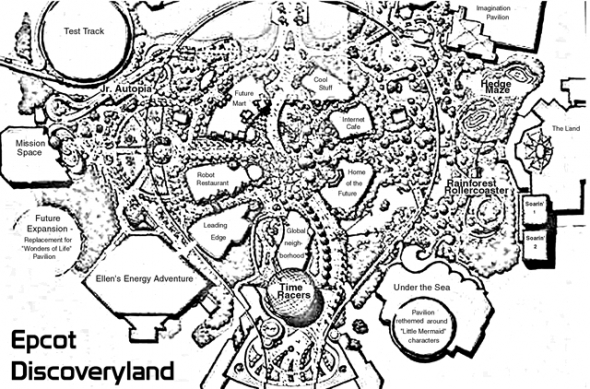
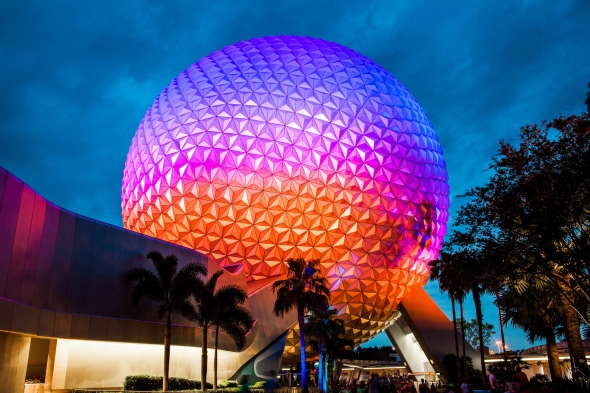
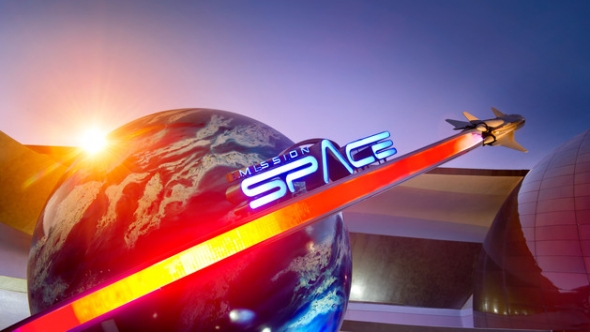
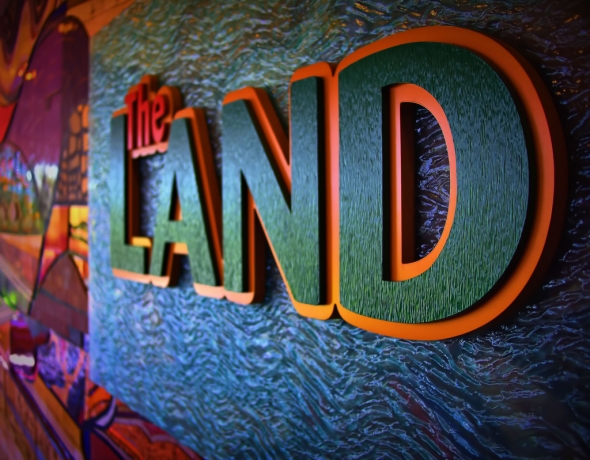
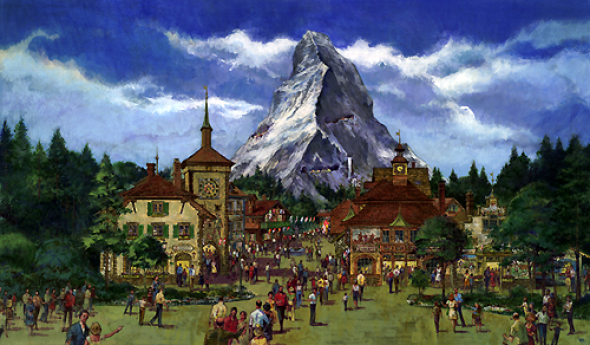
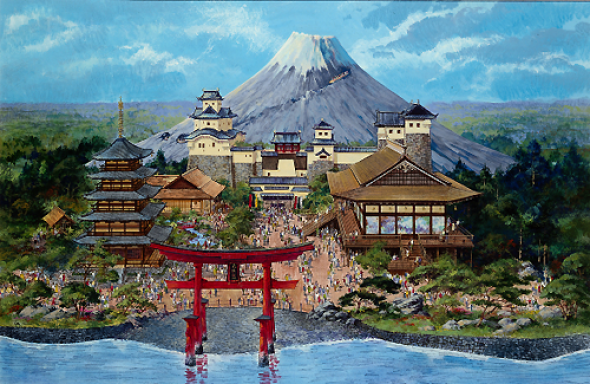

Comments
I really like your ideas. Discoveryland instead of "Future"land. Growth potential. Bring in Disney characters all around. Especially to World Showcase. They added characters to the lands of "It's a Small World" at Disneyland. Go bigger.
I think there are two things that need to remain constant which is spaceship earth and the world showcase. Spaceship earth is an international landmark like the castle in magic kingdom. Spaceship earth can be mentioned or drawn roughly and everyone knows it. It's akin to the Eiffel tower and the pyramids. The world showcase is like nothing else around which makes it really cool and really enjoyable! The world showcase is like getting transported around the world and being able to visit 11 countries from around the world. Where you get to see the architecture, some of their culture, and try of their food.
Two words: Stark Expo
I think they should rebrand all of Epcot as the world showcase dedicate the whole park to countries and civilizations they could redo test track as a simulation down the amazon and change the whole area to Brazil. The living seas could be rebranded as Polynesia journey to imagination can turn into Egypt. Spaceship earth already fits the theme. It wouldn't be the first time a park reinvented themselves
I actually like the concept you guys thought up with the going all out with the characters. My only complaint is you can't put Pinocchio in Germany because he is an Italian literary character and belong in the Italy pavilion! :)